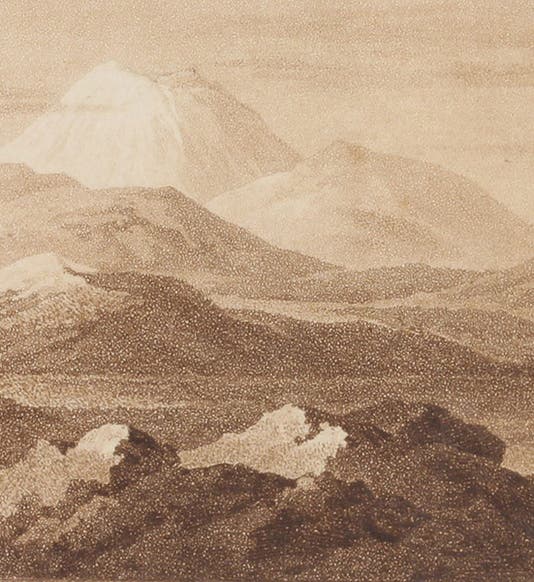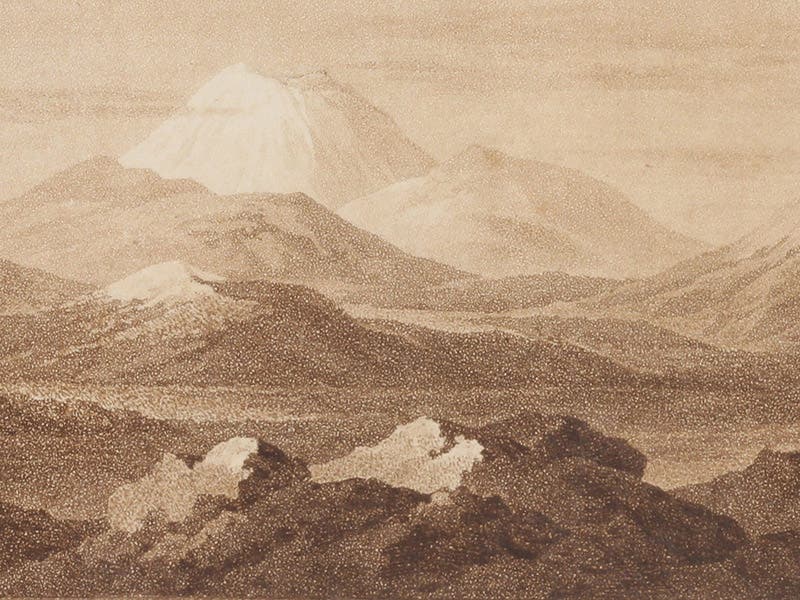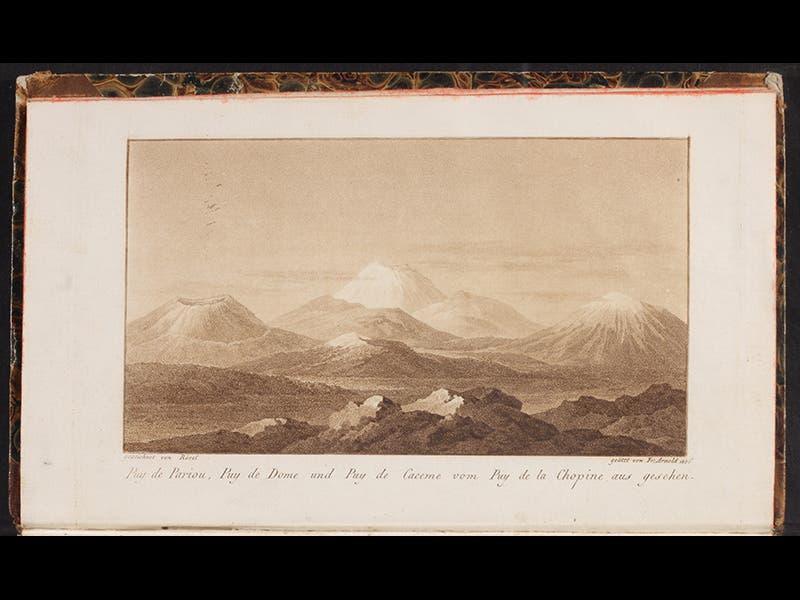Scientist of the Day - Leopold von Buch
Leopold von Buch, a German geologist, was born Apr. 25, 1774. Von Buch studied at the Freiberg mining academy under Abraham Gottlob Werner (along with fellow student Alexander von Humboldt). Werner was a Neptunist, meaning that he believed that all rocks, including not only limestone and shale but granite and basalt, were initially deposited as sediment under water. Not surprisingly, all his students, including von Buch and von Humboldt, started out as Neptunists as well. In 1798, Buch departed on a lengthy geological tour of Europe, and one of the sites he visited was the Auvergne region of south-central France. There are many mountains in this area, and in 1771, the French geologist Nicolas Desmarest had announced, to everyone’s great surprise, that each of the Auvergne mountains is an extinct volcano, and that all of the low-lying basalt that fills the region had come out of those volcanoes when they were active. Werner had denied that basalt was an igneous rock, and von Buch had accepted Werner's conclusions, but when he saw the Auvergne region for himself, he began to have doubts. Initially he compromised, suggesting that the Auvergne basalt might indeed be igneous, but that German basalt could still be aqueous, as Werner had taught. Eventually, however, after visiting the Canary Islands, von Buch abandoned his Neptunism, at least in the case of basalt, and gave a much more important role to volcanoes in shaping the earth.
Von Buch published an account of his geological travels, Geognostiche Beobachtungen auf Reisen durch Deutschland und Italien (Geognostic Observations upon Travelling through Germany and Italy, 1802-09), and one of the volumes contains a lovely tinted aquatint view of the Auvergne mountains (second image), including the tallest cratered peak, the famous Puy de Dôme. We displayed this plate in our Vulcan's Forge exhibition of 2004. For this occasion we show a detail of that plate, revealing the details of the aquatint engraving process (first image).
The portrait (third image) shows von Buch when he was a much older man; it is often reproduced, but the location of the original has never been revealed.
Dr. William B. Ashworth, Jr., Consultant for the History of Science, Linda Hall Library and Associate Professor, Department of History, University of Missouri-Kansas City. Comments or corrections are welcome; please direct to ashworthw@umkc.edu.









